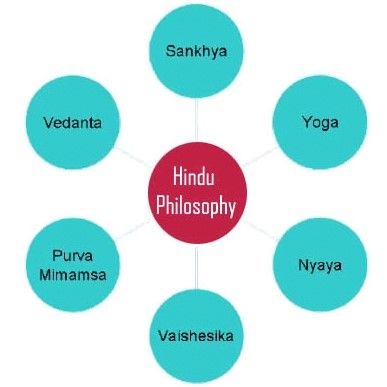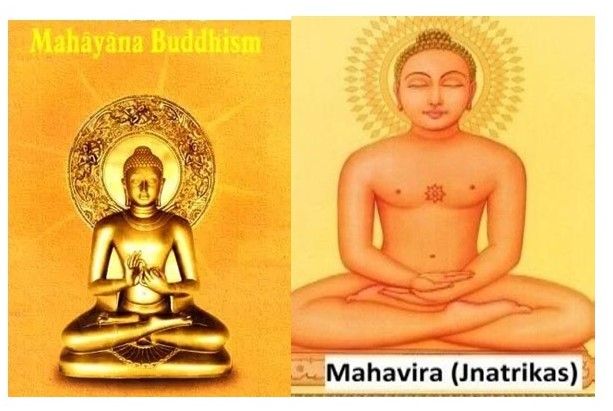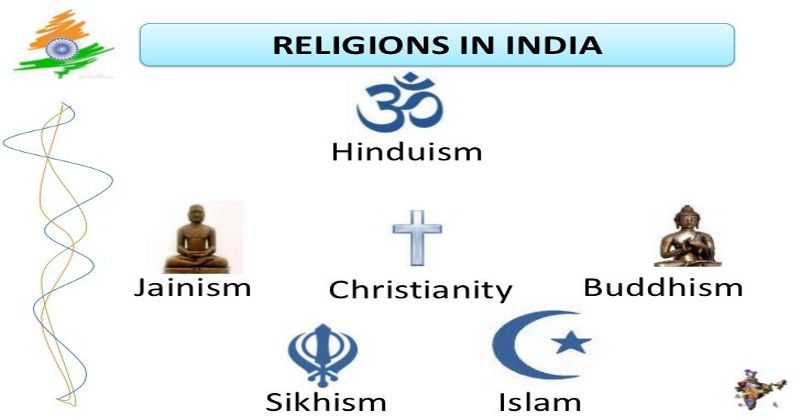Religion in ancient India was not static; it evolved significantly through the ages, shaped by the evolving social structure, diverse civilizations, and philosophical discourse of the time. From the primitive worship of natural forces in prehistoric times to the advanced spiritual systems of the Vedic and post-Vedic periods, religion in the subcontinent reflected a dynamic interplay of human beliefs, societal organization, and cultural exchanges. This essay provides a comprehensive overview of the developmental phases of ancient Indian religion, tracing how it was influenced by shifting social classes, emerging civilizations, and philosophical ideas, ultimately laying the groundwork for enduring religious traditions that continue to thrive today.
Early Religious Practices: Nature Worship and Naive Beliefs
In the prehistoric era of Indian civilization, there is little evidence of formal religions as we know them today. Early humans likely held basic beliefs and performed simple rituals to honor the natural elements in their environment — such as the sun, moon, fire, water, and earth — that they perceived as divine and mysterious forces influencing their lives. These early spiritual practices, though lacking organized systems or written scriptures, reflected a universal human desire to understand existence and ensure survival by seeking favor from these elemental powers. They also laid the foundation for the more complex religious systems that developed later.
Impact of Social Stratification and Civilizational Growth
As ancient Indian society evolved into distinct social classes—or varnas—and as multiple civilizations blossomed, including the Indus Valley Civilization and later the Vedic civilization, religious beliefs became increasingly structured. The social division into priests (Brahmins), warriors (Kshatriyas), merchants (Vaishyas), and laborers (Shudras) deeply influenced religious rituals and practices, often privileging the roles and authority of the Brahmins in conducting elaborate sacrifices and ceremonies.
Civilizational progress also brought about the codification of sacred texts such as the Vedas, which enshrined hymns, mantras, and ritualistic practices that formed the bedrock of what would become Hinduism. These texts emphasized Yagna (sacrificial rites) and the significance of Agni (fire) as a divine agent mediating between humans and gods.
Vedic and Upanishadic Philosophy: Toward Metaphysical Speculation
Over time, rigid external rituals were increasingly questioned and supplemented by inward spiritual explorations. The Upanishads, later additions to the Vedic corpus, shifted focus from sacrificial rites to metaphysical knowledge and philosophical inquiry. They introduced Brahman, the ultimate, eternal reality from which all beings emanate.
Vedanta philosophy, rooted in Upanishadicthought, posited that all creatures are sparks from the eternal fire of Brahman, emphasizing unity amidst life’s diversity. While not rejecting rituals entirely, the Upanishads, such as the Isa, highlighted that sacrifices could help transcend death, but only knowledge of the Supreme Being could liberate from rebirth. This synthesis of ritual observance with spiritual wisdom laid the groundwork for future theological developments.
The Six Orthodox Schools and Their Societal Role

The intellectual vibrancy of ancient India nurtured six orthodox philosophical systems within Hindu tradition: Nyaya, Vaisheshika, Samkhya, Yoga, Mimamsa, and Vedanta. These systems profoundly shaped social and religious life, offering varied perspectives on cosmology, epistemology, and ethics.
Yoga philosophy emphasized techniques for mental concentration and self-control, viewing mastery of the mind as essential for achieving peace and progress. Many yogic practices from this era remain relevant today, highlighting the enduring wisdom of ancient Indian spirituality.
Religious Practices and Social Customs
Religious practice in ancient India extended beyond grand philosophical treatises and involved detailed societal customs. The Shatapatha Brahmana, a prose text elucidating Vedic rituals, reveals social norms such as a wife refraining from eating in the presence of her husband, who was served by her—a reflection of hierarchical domestic arrangements.
Funeral practices also highlight the ritual significance attached to human life and death. Immediately prior to death, the body was placed on the ground and purified with cow dung and grass before passing away. Post-mortem rituals included cleansing and grooming of the deceased's hair and nails, signifying respect and preparing the soul for its journey.
Rise of Buddhism and Jainism: Reform Movements

Around the 6th century BCE, Buddhism emerged as a significant religious movement challenging the prevailing sacerdotal and ritualistic practices of Vedic orthodoxy. Founded by Siddhartha Gautama (the Buddha), Buddhism protested the excessive emphasis on elaborate sacrifices and the hierarchical control of Brahmins over spiritual matters. It emphasized ethical conduct, meditation, and the quest for enlightenment accessible to all, regardless of caste or social status.
Similarly, Jainism, founded by Mahavira around the same period, promoted asceticism, non-violence (ahimsa), and spiritual liberation through self-discipline. Both these religions introduced new religious principles and practices, transforming the religious landscape of ancient India and influencing its philosophical diversity.
Scriptural Foundations and Enduring Traditions

The venerable scriptures of ancient India—the Vedas, Upanishads, Ramayana, and Mahabharata—document and preserve the religious beliefs and practices of the ancient people. These texts depict intricate yajnas, the use of fire in rituals, mythic narratives, and spiritual ideals that have shaped Hinduism’s historical continuity.
Despite the emergence of Buddhism and Jainism and other later developments, many fundamental beliefs and customs of Hinduism remained remarkably stable. Concepts such as dharma (moral duty), karma (action and consequence), reincarnation, and devotion to deities have persisted, forming the core of religious life in India.
Conclusion
Religion in ancient India was a complex, evolving entity shaped by social hierarchies, diverse cultures, and profound philosophical ideas. It transitioned from early nature worship to advanced Vedantic thought, with movements like Buddhism and Jainism introducing critical reforms. These developments reshaped spirituality, ethics, and cosmology, leaving a lasting impact on modern Indian society and spirituality. Ancient India’s rich religious heritage not only influenced its own culture but also contributed significantly to humanity’s spiritual understanding.
Religion in ancient India was a complex, evolving entity shaped by social hierarchies, diverse cultures, and profound philosophical ideas. It transitioned from early nature worship to advanced Vedantic thought, with movements like Buddhism and Jainism introducing critical reforms. These developments reshaped spirituality, ethics, and cosmology, leaving a lasting impact on modern Indian society and spirituality.
